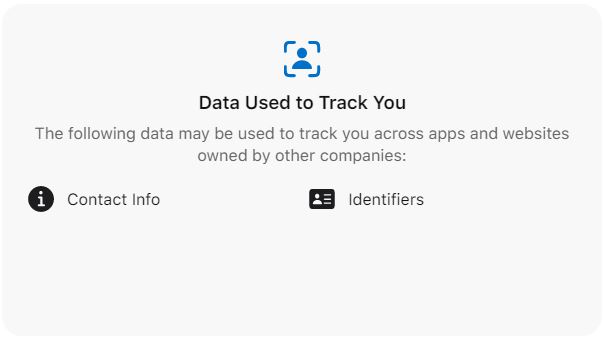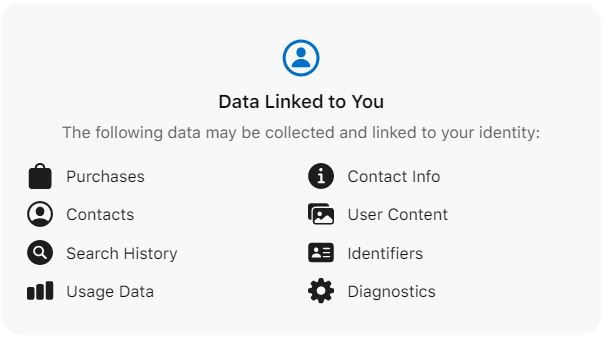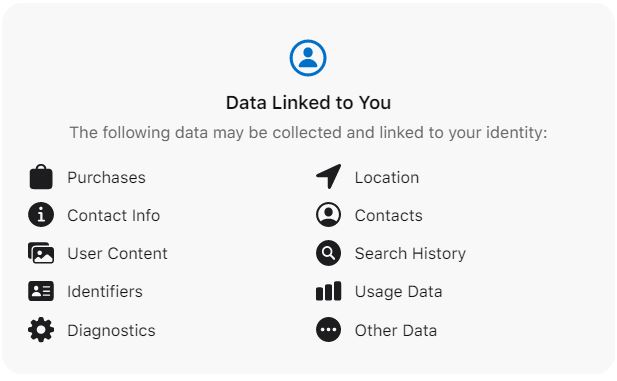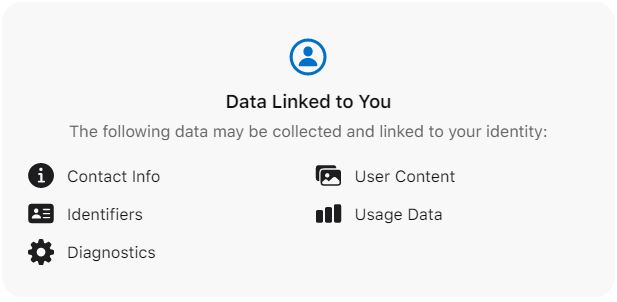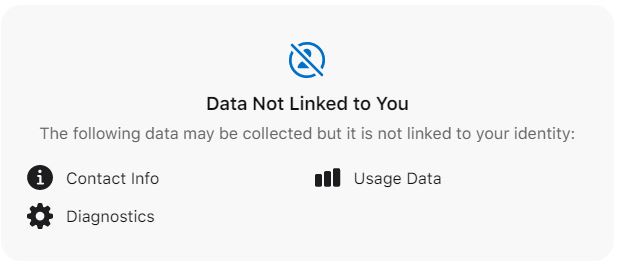
Promises of blazing-fast fiberoptic internet throughout the United States have a long and disappointing history of being broken. With President Joe Biden’s recent $1.9 trillion stimulus bill and a $3 trillion infrastructure plan unveiling, the topic is back in the public discourse. However, telecoms like ATT are pushing back.
A brief history lesson
This isn’t the first time the telecoms and politicians discussed a widespread deployment of fiber internet. The first time it came up was back in the 1990s. One of the touted benefits of deregulating the telecommunications industry through the passage of the Telecommunications Act of 1996[1] was that companies agreed to lay fiber to supply millions of citizens with broadband internet. Unfortunately, it never materialized.
As of 2014, a researcher estimated that telecom corporations charged customers a collective $400 billion for the non-existent fiber network[2]. You can imagine how that number has ballooned in the eight years since.
To be fair, these sensationalized figures don’t tell the whole story. The massive increase in demand after the internet boom in the 90s and eliminating the profit cap meant that these businesses could and did charge more. This increased profits, which attracted significantly more outside capital investment than a profit-capped industry could expect.
While it didn’t result in the fiber networks promised, the telecoms did increase capital investments heavily over the past 25 years. It just went in different directions, such as mobile wireless technology and cable broadband.
The United States is competitive with the world in average broadband speeds, currently ranking 12th[3], behind only much smaller countries. In fact, the countries ahead of the US average 100K square miles, while the United States covers nearly 4 million square miles. So, contrary to popular belief, it hasn’t been a disaster. Still, the speeds offered never hit the projections, and there is a vast divide between urban and rural residents.
Green Acres isn’t the place to be for fast internet
The Federal Communications Commission (FCC) reports that, as of 2019, over 25% of people in rural areas don’t have access to broadband internet versus 1.7% of urban residents[4]. Since 2015, the FCC’s standard definition of broadband is 25Mbps download and 3Mbps upload speeds[5].
To put that into perspective, one feed of HD-quality Netflix video requires a 5Mbps download connection, and 4K Netflix video bumps the requirement up to 25Mbps. Furthermore, a Full-HD Zoom call requires a 3.8Mbps upload speed, meaning those only meeting the threshold of broadband couldn’t make a Zoom call at the highest quality. And over a quarter of the rural community doesn’t meet that threshold.
Government-backed solutions
To remedy this situation, United States President Joe Biden unveiled a large-scale $3 trillion infrastructure proposal in late March with money set aside for rural broadband expansion[6]. Details are scarce, but the main talking points of the plan are:
- 100% broadband coverage throughout America
- “Future-proof” infrastructure built in underserved areas such as rural and tribal lands (many take this to mean fiber, specifically)
- Prioritization of funds toward networks owned by or affiliated with local governments
- Telecoms must disclose prices for services transparently
- Subsidies for low-income people
The infrastructure proposal isn’t the only recent development on this front. Democrats in Congress introduced a $94 billion bill called the ‘Accessible, Affordable Internet for All Act’ on March 10[7]. Its goal is to impact rural communities in a similar way to the electrification efforts of the 20th century by building or modernizing its broadband infrastructure. So, why the big push? What are the potential benefits?
Benefits of rural broadband access
More educational opportunities. The COVID pandemic created problems for rural communities. Students that don’t have access to high-speed internet couldn’t participate in distance learning and are at risk of falling behind. Providing adequate broadband solutions ensures this isn’t a problem in the future.
Job creation. With the proliferation of remote work, high-speed fiber allows those in the country to have the same job opportunities as those in urban areas. This could lead to significant economic expansion in regions that haven’t yet benefited from the shift to knowledge-based industry.
Higher real estate values. Access to broadband internet makes real estate more attractive to potential buyers. In fact, a 2016 study concluded that homes with fiber internet capability boost their value by over 3%[8].
More healthcare options. Telemedicine has become an important part of the healthcare industry that those without the internet can’t utilize. Fixing this reduces the burden on small local healthcare systems and provides more options to rural residents.
AT&T is not a fan
As you might expect, this focus on expanding broadband has corporate detractors. Telecom giant AT&T pushed back, releasing a critique of the plan in late March[9]. Here, the author argues that fiber isn’t necessary for the majority of use cases in rural America and that current subsidies couldn’t offset the price it would cost.
Another issue she raises is that many of the proposed solutions discussed above mandate “symmetrical” download and upload speeds. For instance, this means that if a home has a 100Mbps download speed, it would also need a 100Mbps upload speed. This would require fiber connections, as current cable and wireless technologies aren’t equipped to handle such large upload capacities. The author claims this is impractical and that most users wouldn’t need the additional upload speed.
AXEL’s take on the situation
Everyday users indeed download much more than they upload on average. However, more upload capacity could have beneficial results. Content creators, video streamers, and anyone uploading large documents regularly would see their capabilities increase significantly.
Small town lawyers, for example, could upload documents to clients and colleagues via secure file-transfer applications like AXEL Go faster. It would increase efficiency and work output to allow them to focus on more critical matters. It could allow for more robust services and provide a way to enhance digitization efforts. AXEL supports the ongoing push for rural access to fiber internet and hopes it continues to progress rapidly.
AXEL Go
Fiber internet connections combined with the high-performance, decentralized file-sharing network of AXEL Go would improve your productivity greatly. AXEL Go is backed by secure technology such as the InterPlanetary File System, blockchain, and military-grade encryption. Also, we never collect your personal data and sell it to shady third parties. Your data stays your private property at all times.
Sign up today and receive a free 14-day trial of our Premium service with all features unlocked. After the trial period, you can choose to continue with the Premium account for only $9.99/month or use our Basic service free of charge. Together, we can make the internet a better place for everyone.
[1] “Telecommunications Act of 1996”, FCC.gov, https://www.fcc.gov/general/telecommunications-act-1996#:~:text=The%20Telecommunications%20Act%20of%201996,any%20market%20against%20any%20other.
[2] Bruce Kushnick, “The Book Of Broken Promises: $400 Billion Broadband Scandal And Free The Net”, Huff Post, Sept. 9, 2014, https://www.huffpost.com/entry/the-book-of-broken-promis_b_5839394
[3] “Speedtest Global Index”, Speedtest.net, Feb. 2021, https://worldpopulationreview.com/country-rankings/internet-speeds-by-country
[4] FCC, “2019 Broadband Deployment Report”, FCC.gov, May 29, 2019, https://docs.fcc.gov/public/attachments/FCC-19-44A1.pdf
[5] Micah Singleton, “The FCC has changed the definition of broadband”, TheVerge.com, Jan. 29, 2015, https://www.theverge.com/2015/1/29/7932653/fcc-changed-definition-broadband-25mbps
[6] Jim Tankersley, “Biden Team Prepares $3 Trillion in New Spending for the Economy”, The New York Times, March 22, 2021, https://www.nytimes.com/2021/03/22/business/biden-infrastructure-spending.html
[7] Jon Brodkin, “Democratic-led Congress gets serious about universal broadband funding”, ArsTechnica.com, March 11, 2021, https://arstechnica.com/tech-policy/2021/03/democratic-led-congress-gets-serious-about-universal-broadband-funding/
[8] Ellen Satterwhite, “Study Shows Home Values Up 3.1% with Access to Fiber”, FiberBroadband.com, June 29, 2016, https://www.fiberbroadband.org/blog/study-shows-home-values-up-3.1-with-access-to-fiber
[9] Joan Marsh, “Definiing Broadband For the 21st Century”, ATTpublicPoliy.com, March 26, 2021, https://www.attpublicpolicy.com/wireless/defining-broadband-for-the-21st-century/

